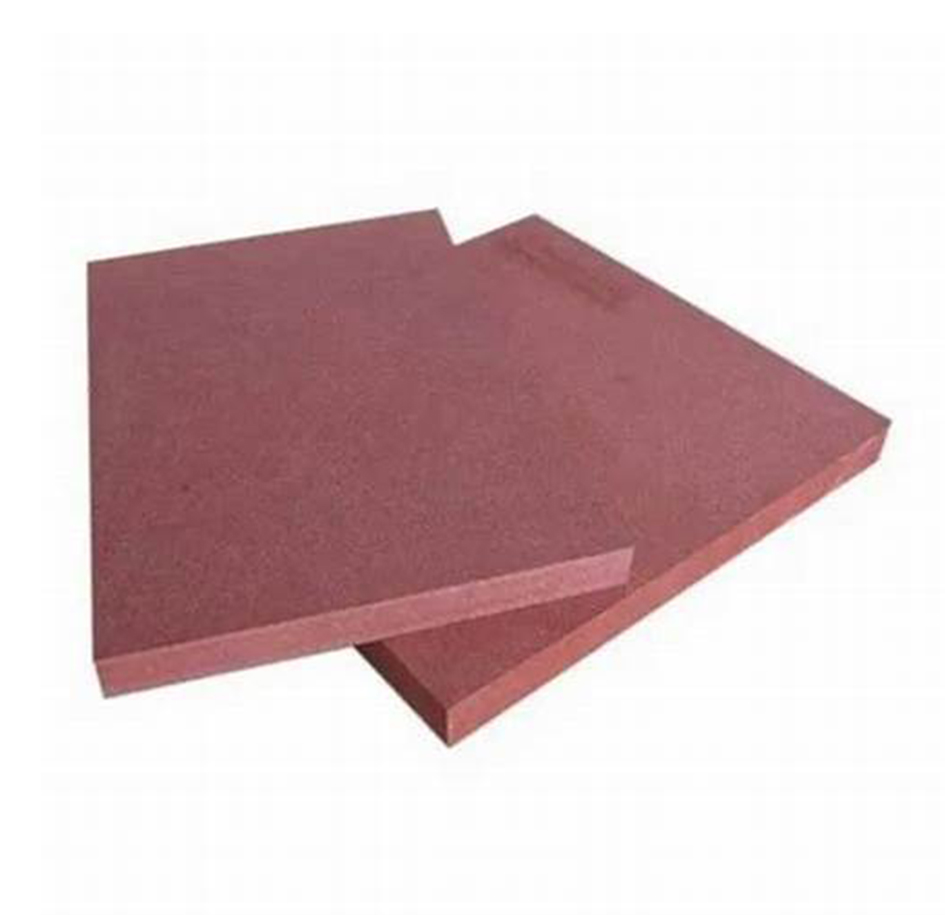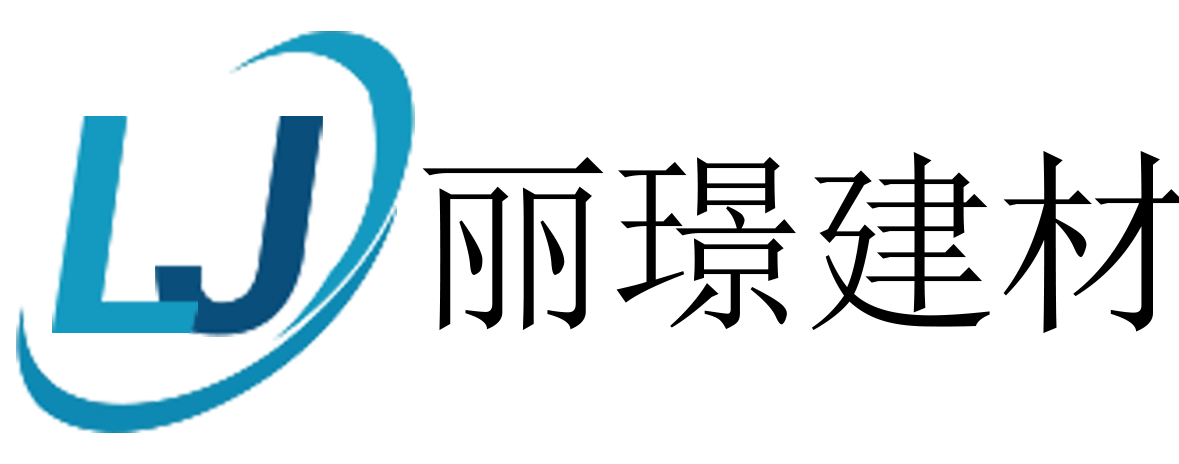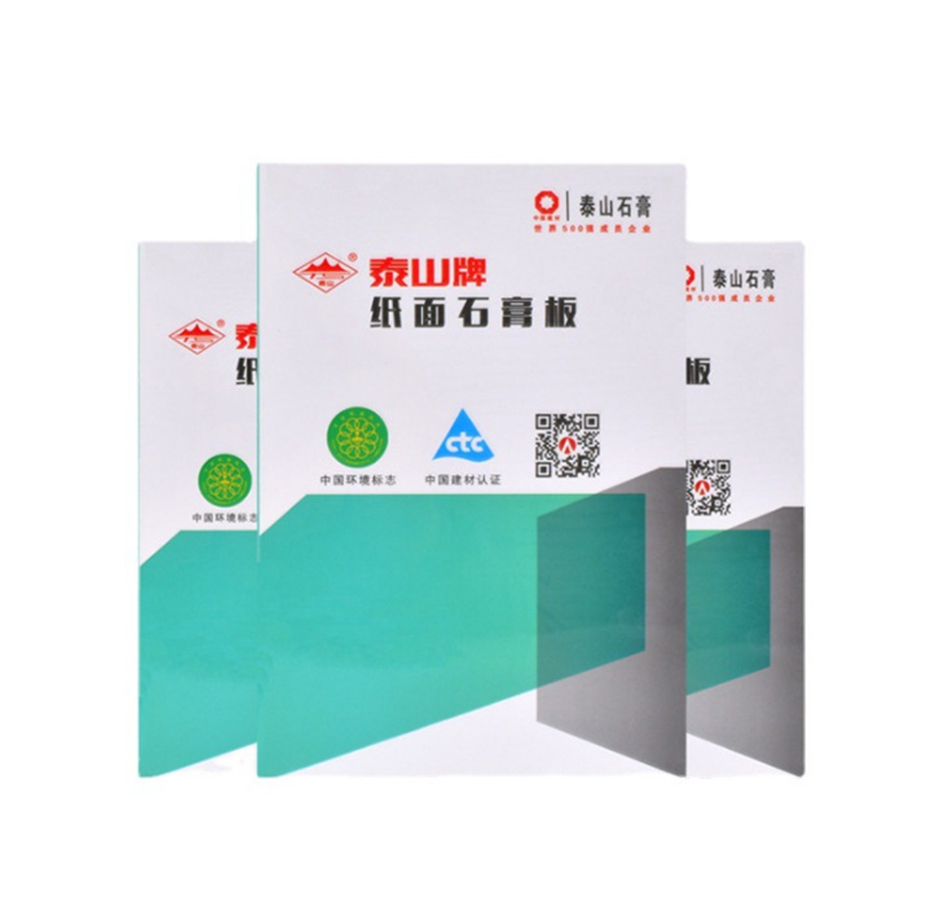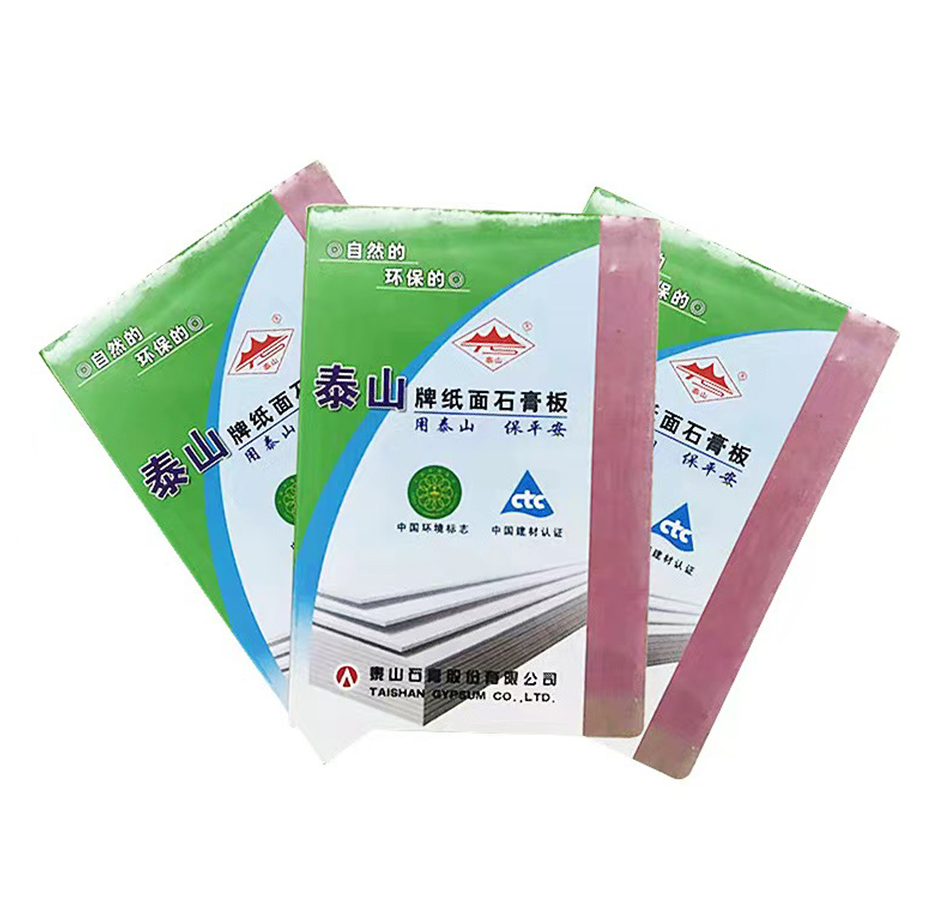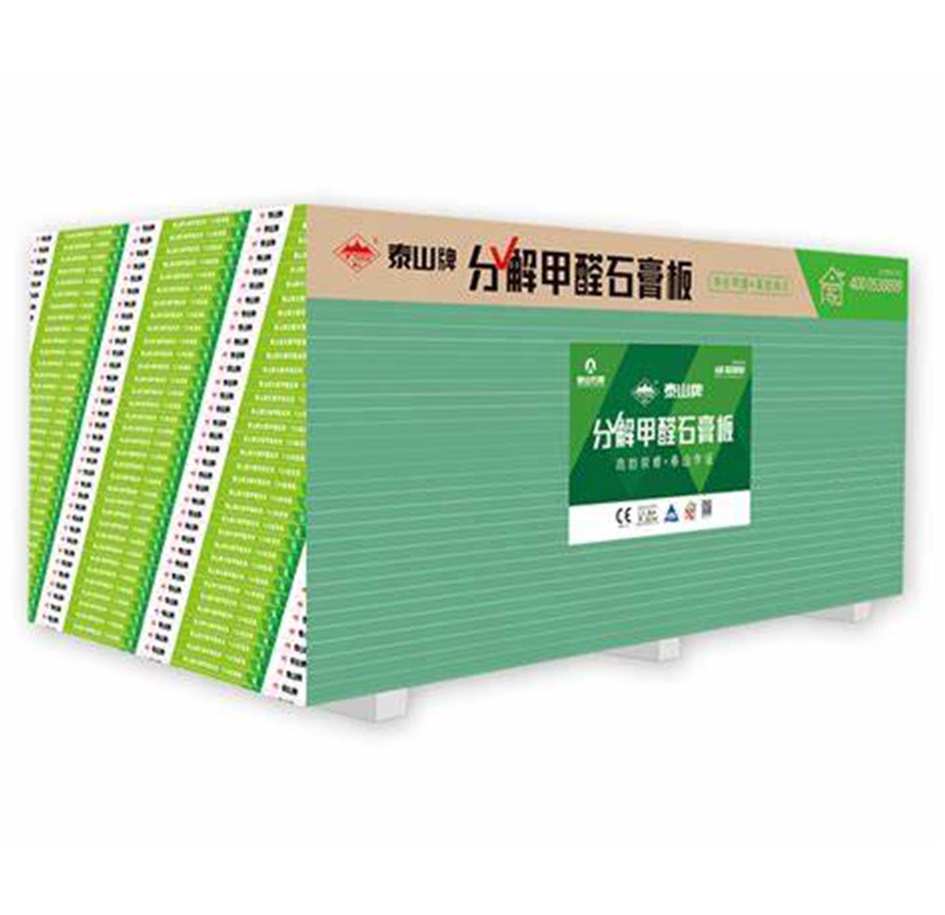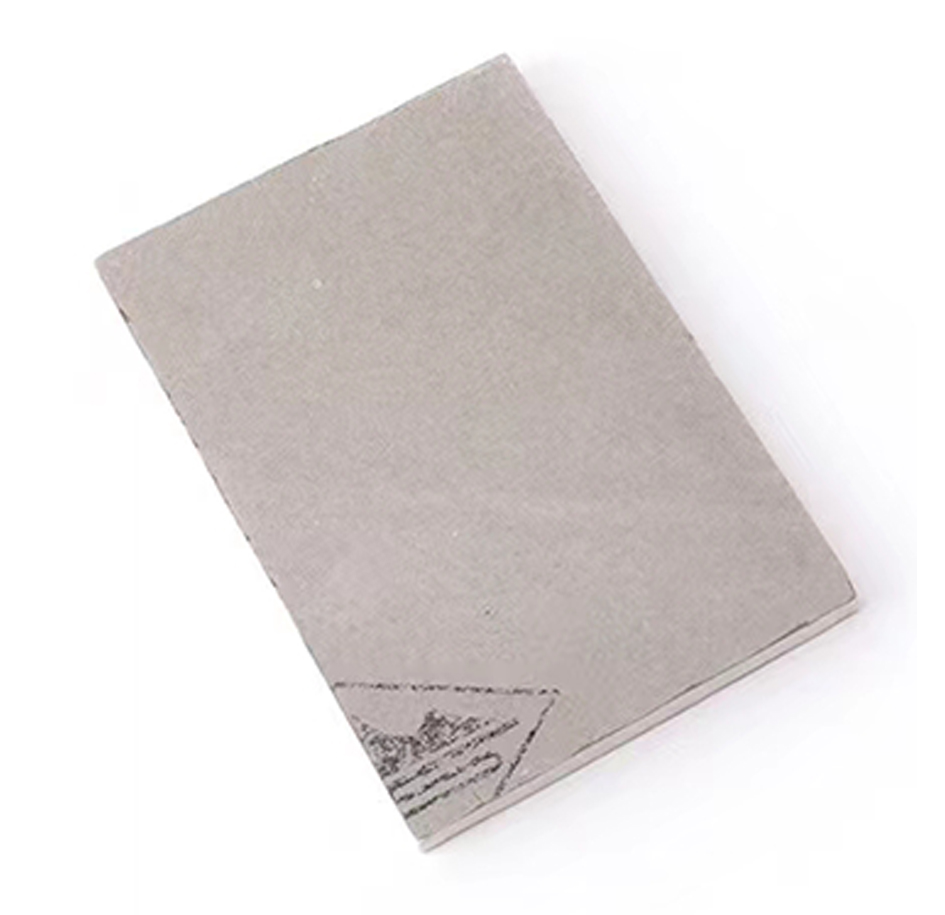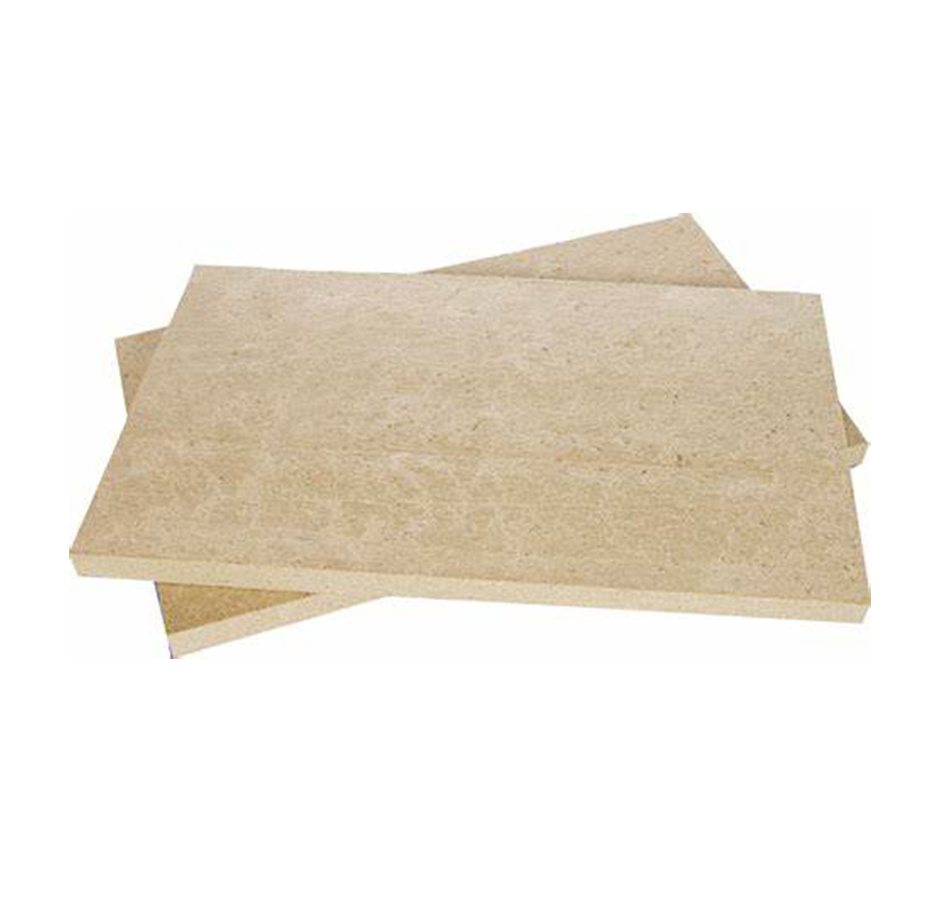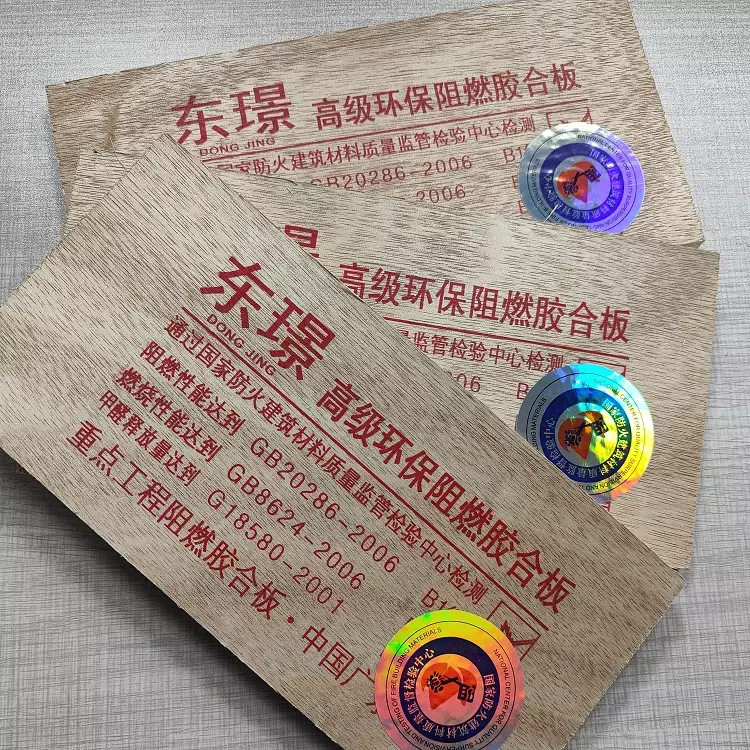The advantages and disadvantages of flame retardant board?
Time: 2022-11-29 19:55:55
The advantages and disadvantages of flame retardant board?
Advantages of flame retardant panels:
1. First of all, the flame retardant board can prevent the fire from spreading and win precious time for escaping the fire scene. The flame retardant board does not mean that it will not burn, it just prevents the fire from spreading rapidly.
2. The flame-retardant board is processed on the basis of plywood, which is light in weight, easy to process, convenient in construction and low in cost.
3. The flame-retardant board has good structural strength and strong bending resistance.
Disadvantages of flame retardant board:
1. The flame retardant board will produce toxic gas during the combustion process. Millennium boat flame retardant board uses advanced flame retardants to greatly reduce the generation of toxic gases in fires.
2. After flame retardant treatment, the flame retardant board will have a certain influence on the bonding strength of the board.
Working principle of flame retardant board:
1. Flame retardant for the base material: an environmentally friendly flame retardant with long-lasting flame retardant effect, good loss resistance, waterproof and moisture resistance is selected. After special treatment of the board base material, the flame retardant and wood fiber are fully bonded In combination, during the burning process, the flame-retardant board can effectively dilute the combustible gas, isolate the air and the fire source, change the wood cracking process when it is not burned, control the burning trend and process of the floor, and finally achieve the purpose of flame retardancy.
2. Flame retardant on the surface and the bottom layer: the surface adopts patented technology, and some inorganic tempered materials are added to the surface layer, so it can increase the impact resistance and wear resistance of the floor, and at the same time make the floor have a different general flame retardant effect ; And what is added at the bottom is the fire board setting, which can not only protect against water and moisture, but also be fire-resistant and flame-retardant.
The difference between flame retardant board and large core board
1. Different uses
1. Flame-retardant board: The third type of flame-retardant board is moisture-resistant and flame-retardant board, which can be dipped in cold water for a short time, and is suitable for indoor use at room temperature. For furniture and general construction purposes. The four types of flame retardant panels are non-moisture-resistant and flame-retardant panels, which are used indoors under normal conditions. They are mainly used for delicacies and general-purpose flame-retardant panels. The materials used for flame-retardant panels include basswood, ash, birch, elm, poplar, etc.
2. Large core board: It is widely used in the production and construction industry of furniture manufacturing, sewing machine table, carriage, ship, etc.
Two, different characteristics
1. Flame-retardant board: The flame-retardant board produced with wood as the main raw material can overcome the defects of wood and greatly improve the physical and mechanical properties of wood due to its rational structure and fine processing in the production process. Combustible plywood also overcomes the shortcoming of ordinary plywood being easy to burn, and effectively improves the flame retardant performance of plywood.
2. Large core board: The blockboard has good screw-holding force, high strength, strong quality, sound absorption, heat insulation, etc., and the moisture content is not high, between 10% and 13%, and the processing is easy. Blockboard is more stable than solid wood boards, but it is afraid of moisture, so care should be taken to avoid using it in kitchens and bathrooms during construction.
Advantages of large core board:
Good screw holding force, high strength, solid quality, sound absorption, heat insulation, etc. The moisture content of the blockboard is not high, between 10% and 13%, and it is easy to process. It is used for furniture, doors and windows and sets, partitions, fakes, etc. Walls, heating hoods, curtain boxes, etc., the most widely used. Since the interior is made of solid wood strips, the requirements for processing equipment are not high, which is convenient for on-site construction.
Disadvantages of large core board:
Due to the extensive use of urine-formaldehyde glue in the production process of blockboard, the amount of formaldehyde released is generally high, and the environmental protection standards are generally low.
